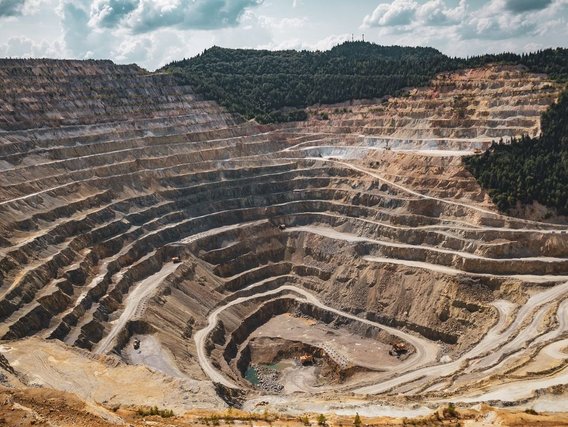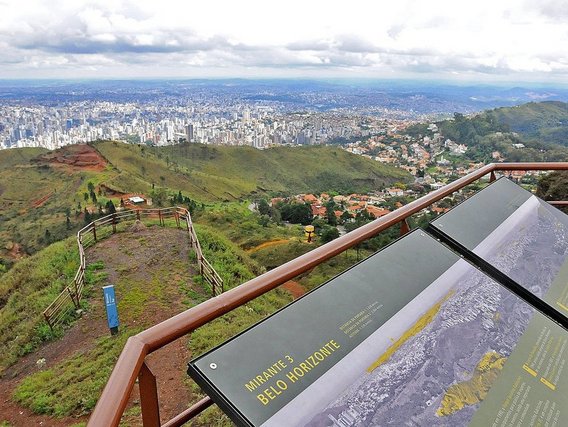
Just as important as planning the extraction and utilisation of mineral assets is planning the end of mining operations. First of all, you need to realise that during mine planning, the stages from opening, development and closure are established, including some measures that are considered mitigating.
In this way, planning the mine closure is a subject that is increasingly being discussed by academics, regulatory bodies and mining companies.
By operating and closing a mine in accordance with best practices, the company demonstrates its ability to respond adequately to the demands of environmental protection and social responsibility, contributing to sustainability.
Proper mine closure therefore has a positive impact on society, directly influencing the people and environment in which the mine is located. In the examples below, we have selected three examples of successful mine closures:


